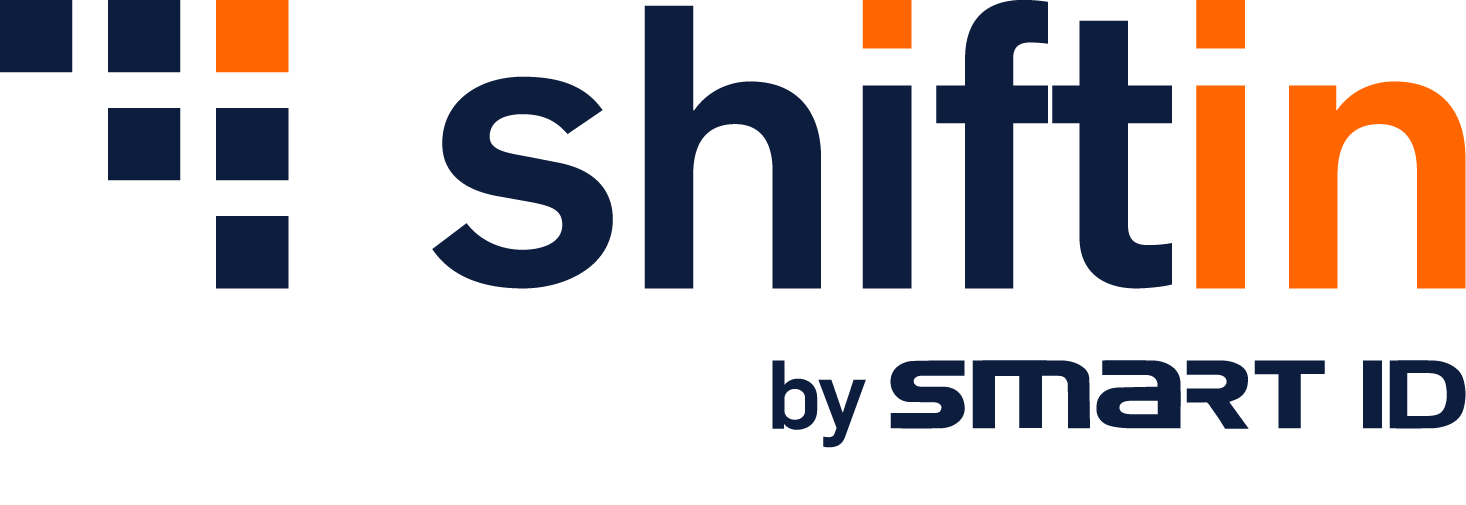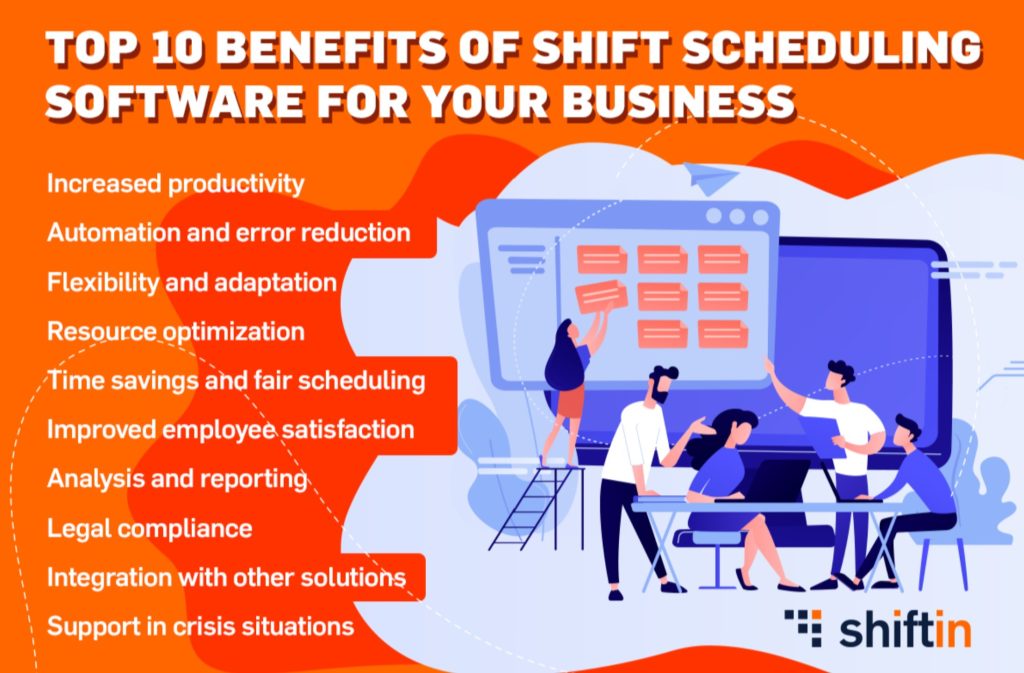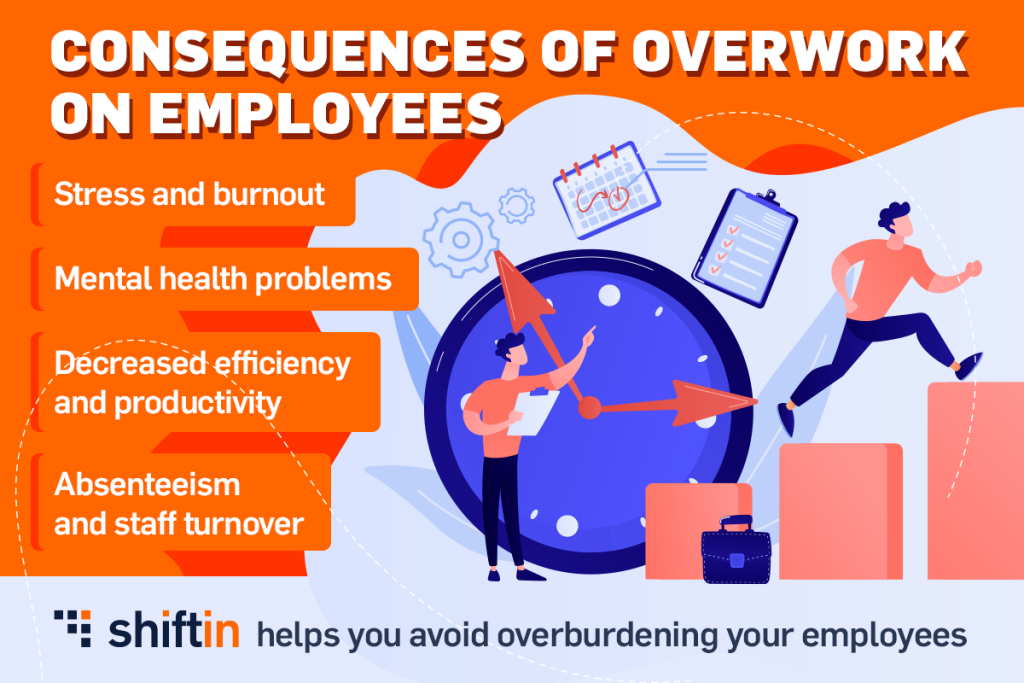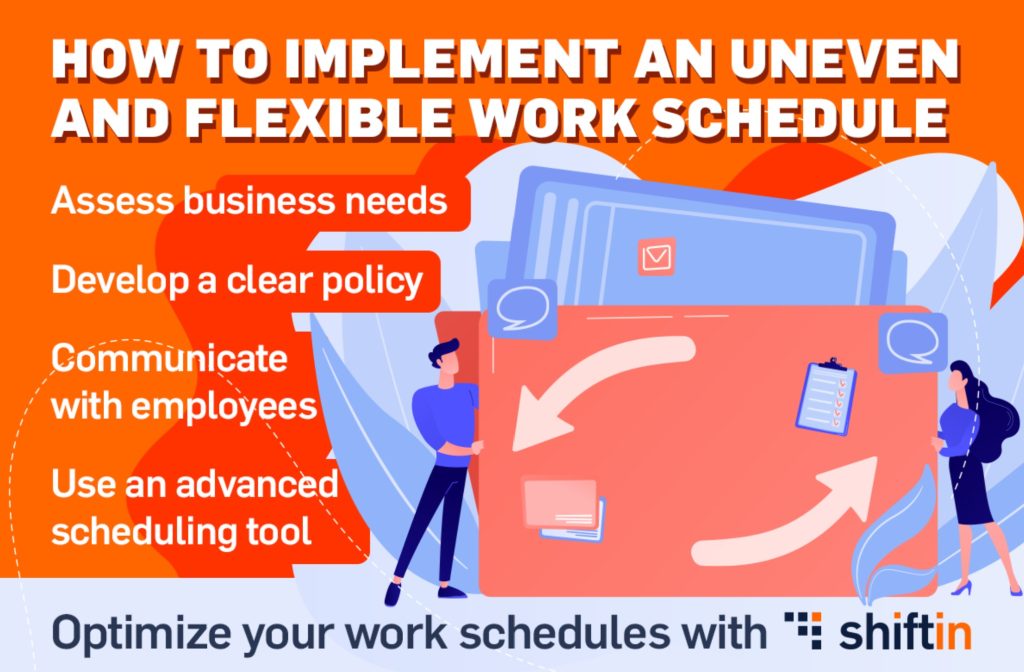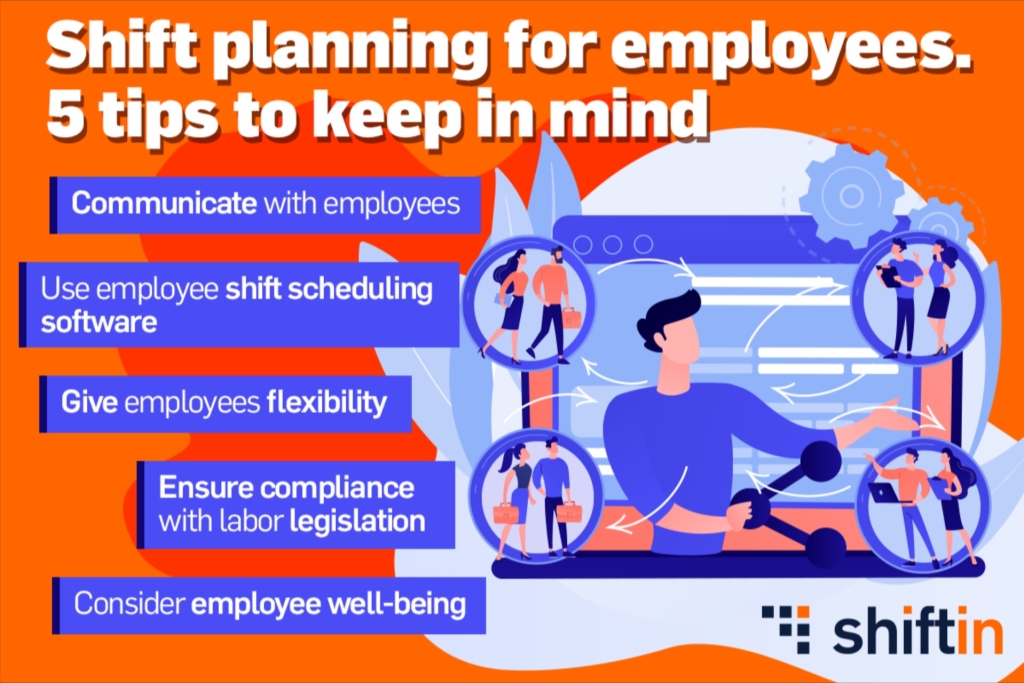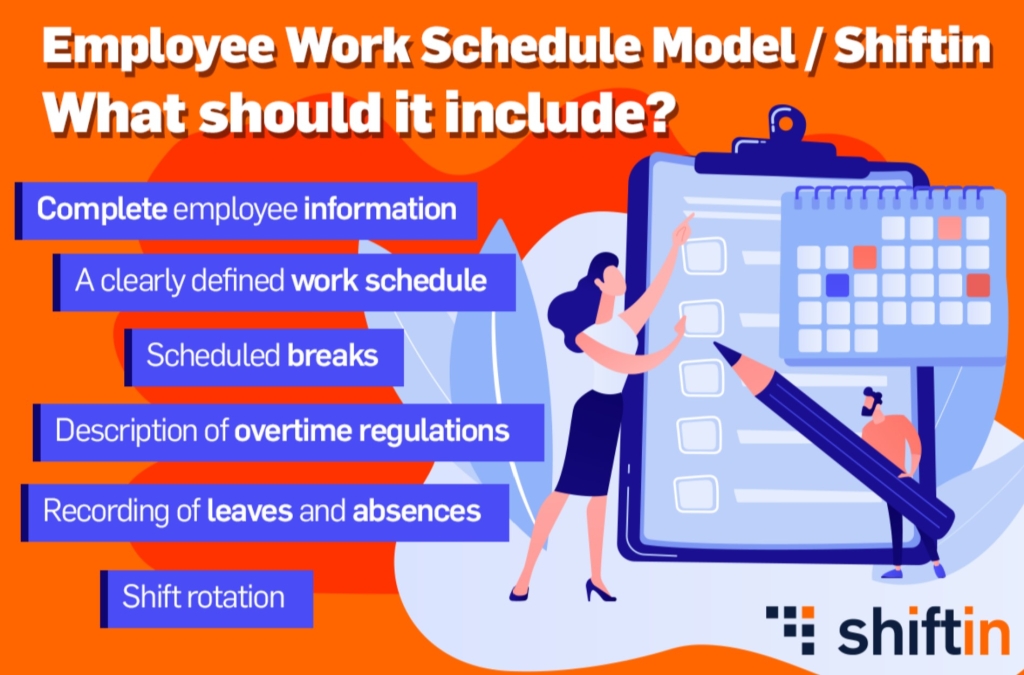- The differences between manual and automated shift planning
- Key advantages of automated shift planning software
- Why shift automation software is an essential investment for the future of business
Shift scheduling can be a major deciding factor for an organization’s productivity and employee satisfaction. Traditionally, the process has been managed manually, forcing managers often to balance factors such as staff availability, company needs, unexpected day to day situations involving staff and general demand of services.
However, with the introduction of automated shift scheduling software, businesses are witnessing a paradigm shift in how this process is managed. What exactly are the differences between manual and automated scheduling, and why is automation the future of workforce management?
The differences between manual and automated shift planning
Manual scheduling involves creating shift plans by hand, often using spreadsheets. This process is often time-consuming, and highly prone to errors. Managers must constantly be aware of their employee’s availability and adjust shifts when complications arise. Additionally, they must always be aware of the newest labour laws and legislation, which takes time and resources. A single oversight can result in overstaffing or understaffing, leading to a variety of issues for the business. Manual scheduling also offers little flexibility, making changes a frustrating task for managers and employees.
Automated scheduling uses modern software to generate shift plans with minimal user interaction. A software solution for shift automation considers a variety of adjustable parameters, including personnel availability, shift preferences, abilities experience, and so on.
Algorithm-based systems can quickly build schedules that maximize resource allocation. Furthermore, it can respond quickly to changes, ensuring that last-minute alterations are seamless and error-free. As a result, automated scheduling eliminates the headache of human planning while simultaneously greatly improving the workforce’s productivity.

Key advantages of automated shift planning software
An automated shift scheduling software brings numerous benefits to companies, significantly contributing to operational efficiency. Key advantages include reducing human errors by eliminating manual management and increasing accuracy, which reduces administrative tasks and simplifies scheduling. The flexibility of such a system allows for real-time adjustments, while cost reduction is achieved through optimized workforce allocation. Here are the major benefits of an automated shift scheduling software.
Reduction of human error
Mistakes are inevitable when schedules are handled manually. Automated scheduling software eliminates this risk. The system takes into account variables that are legally required but could also be customized. The accuracy that is provided helps reduce the administrative burden on managers and smoothens out day-to-day operations.
Flexibility
The nature of shift-based work frequently necessitates swift adjustments. Automated systems are designed to be adaptable. They allow for real-time updates and adjustments, regardless of how rapid or unexpected the changes are. This versatility is essential for ensuring continuity without the usual difficulties associated with manual modifications.
Cost savings
Automated scheduling optimizes workforce allocation, preventing overstaffing and understaffing, while lowering labor expenses. The system saves both time and resources, making it an excellent long-term investment.
Scalability
Manual scheduling procedures make it increasingly difficult to manage an expanding workforce as businesses grow. Automated scheduling software quickly scales to accommodate more staff and complex shift patterns, allowing firms to run efficiently as they grow. The system has the ability to adapt easily, enabling for expansion without additional administrative strain.
Data driven insights
Automated systems frequently generate useful data and insights. Managers can make more educated judgments about future scheduling and labor management by reviewing certain relevant parameters which may include employee performance reports. These insights enable firms to better manage resources and to discover trends that can help with long-term planning and operational efficiency.
Why shift automation software is an essential investment for the future of business
Businesses are increasingly turning to digital transformation to stay competitive: Automated shift scheduling software is becoming an essential investment. Manual scheduling simply cannot deliver at the speed at which the global business market is operating at. Investing in this type of software automation helps ensure that businesses are prepared for the future of working.
Scalable solution
Shift automation is an extremely scalable approach. Managing a growing staff via manual scheduling methods becomes difficult. Automated scheduling software can easily handle huge numbers of personnel while dynamically responding to the needs of both small teams and large companies. This scalability ensures that firms can expand without incurring the administrative cost that often comes with labor growth.
Cost efficiency
While the initial cost of installing such software may appear high, the long-term benefits far surpass the initial investment. Businesses can reduce the amount of time spent on administrative duties, all while optimizing their workforce. Furthermore, by allocating resources more effectively, companies can prevent overstaffing during slow periods and understaffing during busy seasons, which has a direct impact on profits.
Explore the benefits of an automated shift scheduling software with mindclass, a platform that reduces your team’s scheduling cost by up to 72%.
